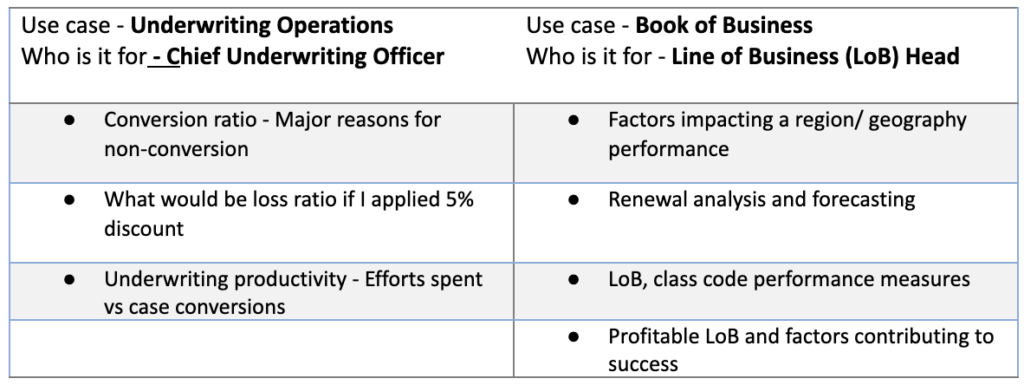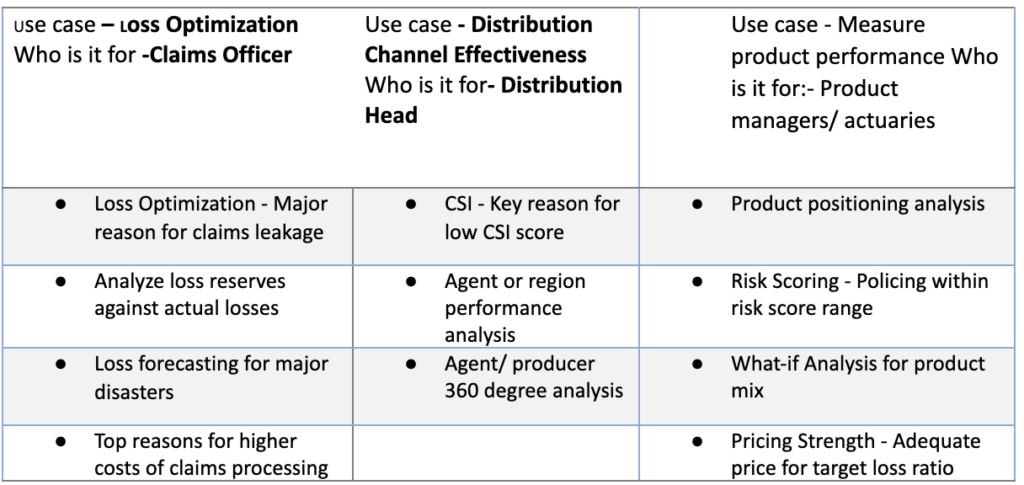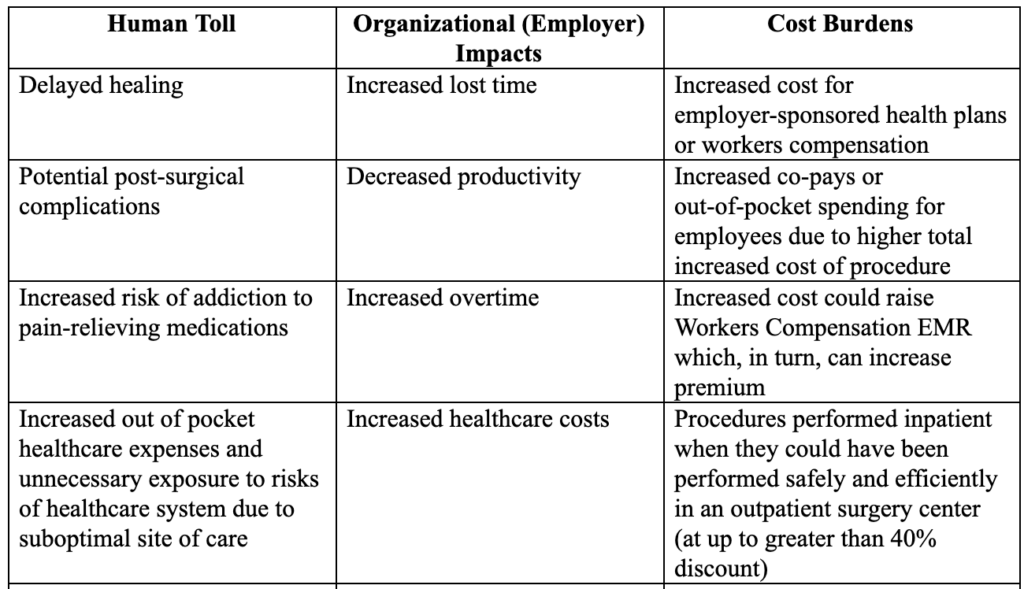With the continuing pandemic, insurance market conditions are ripe for a surge in agent/broker errors and omissions (E&O) claims.
Disputes among policyholders, brokers and carriers have become more common. Already, there have been wide-ranging lawsuits over virus coverage for business interruption, workers’ compensation and related cyber coverage. The COVID-19 Litigation Tracker reports that since January 2020 there have been over 3,100 lawsuits related to COVID-19.
Claims and lawsuits against insurance carriers and brokers about policyholder coverage for such lines as business interruption and workers’ compensation are already rising in the wake of the pandemic, according to preliminary data from the Independent Insurance Agents & Brokers (IIABA). E&O claims are expected to increase even more as COVID-related losses are excluded or deemed uncovered. New liability protection laws in several states now protect employers from lawsuits based on the pandemic, but those laws expire after the pandemic, and they don’t cover agents and brokers for E&O.
“Errors & Omissions” are what they seem – mistakes that can be costly to the policyholder. A simple coverage error (like a mistake in limits) in an insurance policy can open the broker to a significant E&O lawsuit. Errors can occur throughout the insurance policy production process. And brokers hold significant liability, especially if the error is in the final policy delivered to the policyholder.
Glen Clark, Rockwood Insurance’s CEO, said that in the wake of the pandemic “there is some cautious concern that COVID-related claims activity for agents and brokers will increase once the current slate of COVID-related claims against carriers are settled.”
For insurance agencies, E&O claims can be expensive. The average E&O claim severity is $40,000 and has been increasing by about 10% annually, according to industry reports. Although estimates vary, more than one in every eight insurance agencies will probably have an E&O claim filed against it this year.
Rockwood Insurance, which manages two agent/broker E&O insurance programs for major carriers, recently surveyed its claims since 2013 to identify the causes of losses. Frank Huver, senior vice president of Rockwood Programs, said policy language issues such as “misleading marketing information, inaccurate information/misrepresentation, failure to explain coverages or exclusions, clerical/administrative errors and other related errors” accounted for nearly 40% of the losses from agent E&O claims. Huver reported that the survey attributed 60% of losses to “the failure for the broker to procure adequate coverage.”
Administrative Policy Errors
Faced with a costly denial of coverage, the policyholder may sue the broker for an error discovered in the policy itself. The broker may have liability if the policy documents contain errors. And that’s the rub – and why administrative and misrepresentation errors may be among the most common reasons for an E&O claim.
Policy-issuance and policy errors are common if a policy is not carefully checked. Until recently, the policy-checking process was cumbersome. Usually, it fell to the customer service rep (CSR) and was done manually. Just think about the task a CSR faces manually checking an entire insurance policy for errors. A common commercial insurance policy can easily be 50 pages long, and it is not unusual for a large commercial policy to run to 500 or 1,000 pages. To find errors, the policy document needs to be compared with other policy source documents, like the application, the quotation and the endorsements. The task can be daunting.
Despite being a critical management process for brokers and agents, manual policy checks suffer because of business pressures, human errors and resource requirements.
Shikha Khetrapal, chief operating officer for Vantage Insurance Partners, pointed out that even with the best manual policy check by the broker’s CSR there remains a chance that an error might get overlooked. She said that maybe 95% of all errors would be caught by manual CSR policy checking, “But even if only 2% of the errors get through, the ones that remain may have the greatest value for a potential loss.”
That risk, she said, could be reduced if not eliminated by investing in policy-checking technology. “A key investment by technology is important, especially if it is in technology that can reduce human error,” she said.
See also: A Heyday for Independent Agents
Chronic Backlog
It’s common for a larger broker to take 60 to 90 days after the policy is bound to deliver it to the policyholder, if not more. Indeed, for years at the annual meeting of the Risk & Insurance Management Society (RIMS), industry workshops were frequently dominated by conversations about backlogs and slow policy issuance. But the industry is changing. Both the London market and U.S. regulatory authorities now require policies to be delivered to policyholders in 90 days, reports Lance Ewing, vice president of risk management at a large casino operator. He is also the former president of the RIMS.
Delays in policy checking can affect a broker’s reputational risk. Khetrapal, a former key executive with one of the largest brokers, said that “the reputational damage that happens if policy issuance is delayed could be seen as not providing the best service to our customers, the policyholders.”
The insurance industry is unusual in that there is a specific "buying date" for most transactions. Policies renew and must be "purchased" on a certain date; new vehicles, equipment or buildings must be covered on the day the insured takes ownership, and claims must be reported by the agency to the carrier promptly after reported to the agency. Therefore, the ability to manage and prioritize the work is of utmost importance.
Some tasks, like checking new policies when received, or processing some kinds of endorsements, may seem to be less urgent and get put aside, especially if an agency faces hundreds of policies to check at the last minute. The truth is all agencies can and should target to operate with reasonable turnaround for every transaction. When items are not processed in a timely manner, it leads to inefficiency and, potentially, E&O claims.
The problem with policy checking and policy review has only increased as product innovation has become the way insurers differentiate themselves in the marketplace. New and more complex coverages continue to enter the market, creating additional process management challenges. With the pandemic, they may exclude risks that were once covered. Coverage issues and limits have become more complex, and more subject to error. And more recently, with the increases in cyber risks and the issuance of cyber policies, the potential for policy errors continues to increase.
Amid all this change, agencies and insurers face significant personnel management issues. According to a report by the Manpower Group, 46% of U.S. insurance companies say they cannot find the people with the skills they need. The industry needs to bring at least 60,000 new agents and brokers on board each year just to maintain the current size of the distribution operations. Recruiting has been tough, and insurance-related companies using temporary staff rose from 12% in 2018 to 18% in 2019. Inadequate training, limited product knowledge and unfamiliarity with insurance technology can lead to higher E&O exposures.
Further increasing the E&O exposure, the COVID crisis looks like it has made this part of the CSR’s job even worse – especially if they are required to work remotely from their home. Access to the needed documentation to fact-check a policy may not be accessible from a remote location. Computer access may be limited if internet access is unavailable. In fact, most agencies do not realize they have a problem until the E&O claims start to increase and management realizes that their CSRs simply don’t have enough time to complete the job. That realization may come faster in the pandemic especially as brokers, in the wake of COVID-19, can easily have problems retaining key personnel, especially CSRs.
Enter Technology
The best protection against E&O risk is to automate the insurance process by investing in smart insurtech solutions that completely reduce or eliminate manual efforts. Automation of the policy life cycle, from data input to payment, has the potential to streamline policy management, as well as boost its efficiency and accuracy. When done right, digitization will result in both lower costs and better customer experience.
Khetrapal said that “there is so much opportunity for brokers to adopt the application of technology to automate our process, that there is no justification for manual policy checking and data entry.”
Policy-checking is a critical part of that process and probably accounts for the bulk of the technology solution for E&O risk. Policy checking helps in identifying issues and gaps in the coverage to reduce the E&O risk. The technology enables CSRs to upload renewal policies to check for any discrepancies. The solution compares current term, prior term policies and endorsements against multiple documents ranging from the proposal to the carrier quote, the ACORD application, binders and the schedules.
Policy-checking technology, using artificial intelligence and machine learning, identifies in minutes any discrepancies in the policy. Account managers can then focus on the action required to address each discrepancy.
Policy-checking technology is becoming much more common, especially at larger agencies. Vikash Kaul, chief technology officer at EPIC brokers, a recent policy-checking technology adopter, said, “Our operations teams were looking to improve efficiency in the policy-checking process, and we knew that it had to be done through technology. We identified the needed technology, and it has proven to be a reliable solution that can bring in tangible cost savings and efficiency improvements to our organization.”
Manual comprehensive process policy checking ends up as a cursory activity. Brokerages may not have invested in standardized procedures for policy checking, leading to variations and human errors. Besides improving accuracy and avoiding mistakes, policy-checking technology can eliminate the backlog in just a few days. That alone can free up CSRs and brokers to spend far more time solving more complex problems.






































